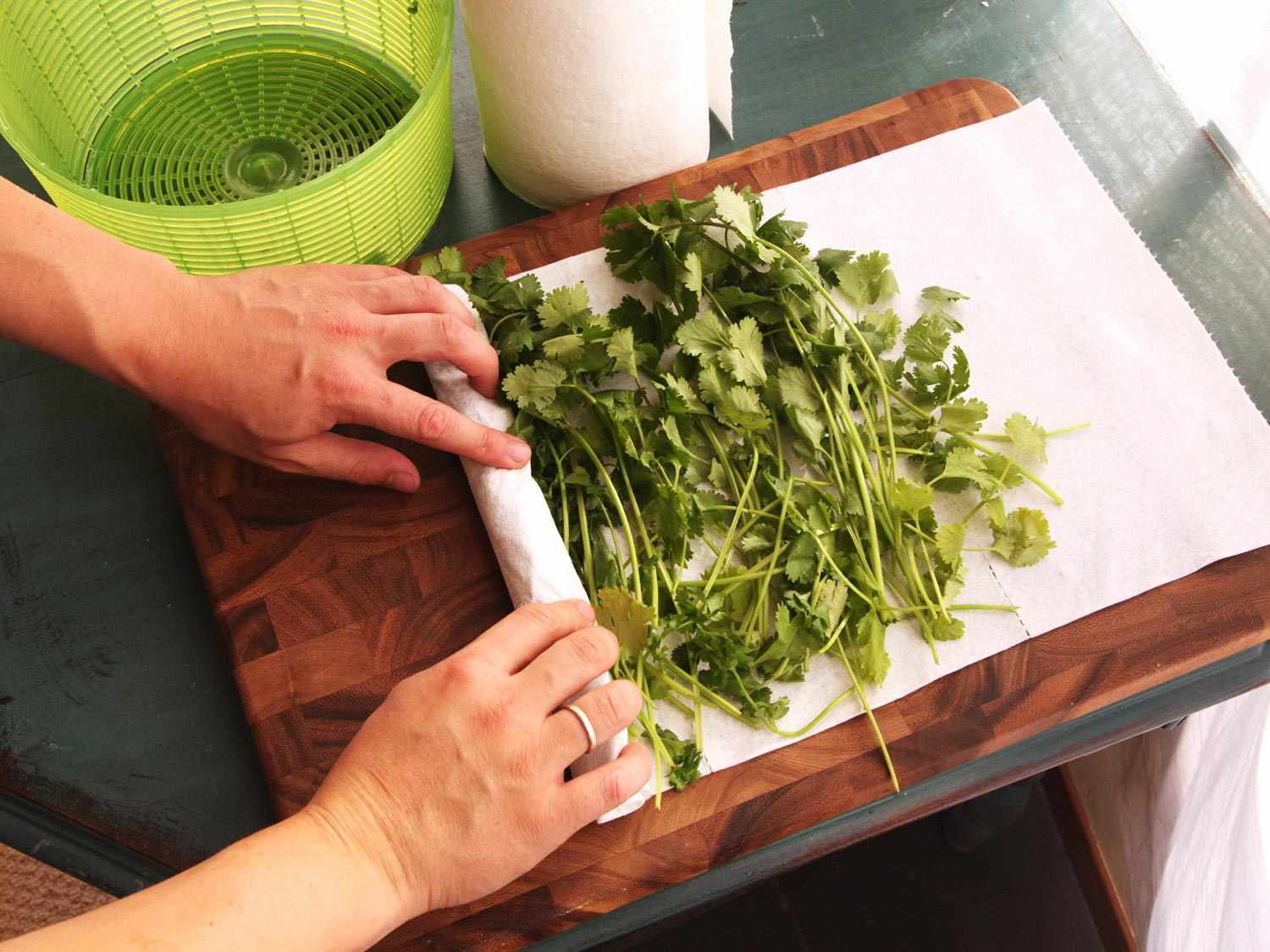

Articles
How To Store Fresh Herbs Long Term
Modified: February 20, 2024
Learn how to store fresh herbs for long-term use with our informative articles. Discover the best methods and tips to preserve the flavor and fragrance of your favorite herbs.
(Many of the links in this article redirect to a specific reviewed product. Your purchase of these products through affiliate links helps to generate commission for Storables.com, at no extra cost. Learn more)
Introduction
Welcome to the world of fresh herbs! Whether you are a seasoned chef or a passionate home cook, incorporating fresh herbs into your dishes can elevate flavors to new heights. However, if you find yourself with an abundance of fresh herbs and want to preserve them for later use, it’s essential to know how to store them properly for long-term enjoyment.
Properly storing fresh herbs not only prolongs their shelf life but also helps maintain their vibrant colors, intense flavors, and aromatic qualities. By following the right techniques, you can ensure that your herbs remain fresh and flavorful, ready to enhance your culinary creations whenever you need them.
In this article, we will explore the importance of storing fresh herbs long term and delve into various methods you can use to preserve their quality. From drying and freezing to storing them in oil or salt, we will cover it all. So, let’s dive in and discover how to keep your fresh herbs vibrant and delicious for extended periods.
Key Takeaways:
- Elevate your dishes year-round by preserving fresh herbs using airtight containers, freezing in ice cube trays, infusing in oil or vinegar, or storing in salt or sugar. Experiment and savor the vibrant flavors!
- Properly harvested and stored fresh herbs can be enjoyed for up to three years. From drying to freezing and infusing, explore various methods to preserve herbs and enhance your culinary creations.
Read more: How To Store Fresh Herbs Long-Term
Importance of Storing Fresh Herbs Long Term
Storing fresh herbs long term is vital for several reasons. Firstly, it allows you to enjoy the flavors and aromas of your favorite herbs even when they are out of season. By storing them properly, you can savor the taste of summer basil or winter rosemary all year round.
Additionally, preserving fresh herbs saves you money. Buying fresh herbs from the grocery store can be expensive, especially when you only need a small amount for a particular recipe. By storing them at home, you can have a readily available supply of herbs, reducing the need to buy them regularly and saving you valuable dollars in the long run.
Moreover, if you grow your own herbs, storing them long term allows you to make the most of your harvest. Instead of using them all at once or letting them go to waste, you can save your herbs for future use.
Properly stored herbs also retain their nutritional value. Fresh herbs are rich in vitamins, minerals, and antioxidants. By preserving them correctly, you can ensure that these beneficial compounds remain intact, providing you with health benefits even after weeks or months of storage.
Lastly, storing fresh herbs long term allows you to experiment and be creative in the kitchen. Having a variety of preserved herbs on hand opens up endless possibilities for flavor combinations and culinary explorations. So, don’t limit yourself to the herbs available only seasonally. With proper storage, you can expand your herb collection and enhance your cooking adventures.
Now that we understand the importance of storing fresh herbs long term, let’s explore the different techniques to help you preserve the flavors, colors, and aromas of your favorite herbs.
Proper Harvesting Techniques
Before delving into the methods of storing fresh herbs long term, it’s crucial to understand the importance of proper harvesting techniques. Harvesting herbs at the right time ensures optimal flavor, aroma, and longevity.
When it comes to harvesting herbs, there are a few general guidelines to follow:
- Harvest in the morning: It’s best to harvest herbs in the early morning when the dew has dried but before the heat of the day. At this time, the essential oils in the herbs are at their peak, delivering maximum flavor and aroma.
- Choose healthy plants: Harvest herbs from plants that are healthy and free from any signs of disease or infestation. This ensures that the herbs you store will be of the highest quality.
- Take only what you need: Harvest the amount of herbs you will use within a short period. Avoid overharvesting, as this can weaken the plant and reduce its future growth.
- Trim properly: Use sharp and clean scissors or garden shears to trim the herbs. Cut just above a leaf junction, where new growth is likely to occur. This promotes healthy regrowth and ensures the plant continues to thrive after harvesting.
- Leave some foliage: When harvesting herbs, it’s essential to leave some foliage on the plant. Removing more than a third of the plant’s growth can stress it and affect its overall health.
- Monitor for pests: While harvesting, keep an eye out for any pests that may have taken residence in your herbs. If you notice any signs of infestation, take necessary measures to eliminate the pests before storing the herbs.
By following these harvesting techniques, you can ensure that you are gathering the freshest and highest-quality herbs for storing long term. Now that we’ve learned the proper way to harvest herbs, let’s move on to the next step in the process: cleaning and drying.
Cleaning and Drying Herbs
After harvesting your fresh herbs, the next step in the process of long-term storage is cleaning and drying them. Proper cleaning removes any dirt, debris, or insects that may have hitchhiked their way into your harvest, while drying ensures that the herbs retain their flavors and textures.
To clean your herbs, follow these steps:
- Gently remove any excess soil or dirt from the stems and leaves by lightly brushing or shaking them.
- Rinse the herbs under cool running water to wash away any remaining dirt or small insects.
- Pat the herbs dry with a clean kitchen towel or paper towels. Be gentle to avoid bruising or damaging the delicate leaves and stems.
Once your herbs are clean, it’s time to dry them. There are several methods you can use to dry herbs:
- Air drying: Gather a small bunch of herbs, tie them together with a string or rubber band, and hang them upside down in a warm, well-ventilated area. Avoid areas with high humidity or direct sunlight, as they can degrade the quality of the herbs. Allow the herbs to dry completely, which typically takes about 1-2 weeks depending on the herb and conditions.
- Oven drying: Place the herbs on a baking sheet lined with parchment paper and set the oven to the lowest temperature possible, often around 100°F (38°C). Leave the oven door slightly ajar to allow moisture to escape. Check the herbs regularly to prevent them from getting burnt, and remove them from the oven once they are dry and crumbly.
- Dehydrator: If you have a food dehydrator, follow the manufacturer’s instructions for drying herbs. Typically, you would place the herbs on the dehydrator trays and set the machine to a low temperature, usually around 95°F (35°C). Allow the herbs to dry until they are brittle and easily crumble.
No matter which method you choose, it’s essential to ensure complete drying of the herbs before storing them. Any residual moisture can lead to mold or spoilage, compromising the quality and longevity of the herbs.
Once your herbs are thoroughly dried, you are ready to move on to the various methods of storing them long term. In the next sections, we will explore different techniques that allow you to preserve your herbs’ flavors and aromas for months to come.
Different Methods of Storing Fresh Herbs
When it comes to storing fresh herbs for an extended period, there are several methods you can choose from. Each method has its benefits and is suited for different types of herbs and personal preferences. Let’s explore some of the most popular methods:
- Airtight containers: Using airtight containers is a simple yet effective way to store fresh herbs. After drying your herbs, crumble or finely chop them and place them in clean, dry glass jars or containers with tightly sealed lids. Make sure to label the containers with the herb’s name and the date of storage. Store the containers in a cool, dark cupboard away from direct sunlight to preserve the herbs’ quality.
- Freezing: Freezing is an excellent method for preserving the flavors and colors of fresh herbs. Start by chopping or finely mincing the herbs and placing them into ice cube trays. Fill each compartment with a small amount of water or olive oil to cover the herbs. Once frozen, transfer the herb cubes to a freezer-safe bag or container. This method allows you to easily add herbs to dishes by simply grabbing a frozen herb cube when needed.
- Drying: Drying herbs is a traditional method of preserving them for long-term use. Gather the dried herbs into bunches and store them in airtight containers or sealable bags. Alternatively, you can crush the dried herbs into a powder and store them in airtight containers to use as seasoning.
- Infused oil or vinegar: Another method of storing herbs long term is by infusing them into oil or vinegar. This creates flavorful concoctions that can be used in dressings, marinades, or for drizzling over dishes. Place the herbs in a clean, dry bottle or jar and cover them completely with oil or vinegar. Allow the herbs to infuse for a few weeks to extract their flavors fully. Remember to strain the herbs before using the infused oil or vinegar.
- Salt or sugar preservation: Herbs can also be preserved by layering them with salt or sugar. This method helps extract the moisture from the herbs while adding flavor to the salt or sugar. Alternate layers of herbs and salt or sugar in a clean container and seal it tightly. Store the container in a cool, dry place, and the herbs will keep their flavors for an extended period.
- Ice cube trays: Ice cube trays can be used to freeze herbs in liquid, as mentioned earlier, or you can also use them to freeze chopped herbs in water or broth. This method provides a convenient way to preserve the herbs and add them directly to soups, stews, or sauces.
Remember to consider the type of herb and how you plan to use it when choosing a storage method. Some herbs retain their flavors better when dried, while others excel in oil infusions or frozen preparations. Find the method that suits your taste and culinary preferences.
Now that we have explored the different methods of storing fresh herbs, let’s dive deeper into each technique to understand how to execute them effectively.
Read more: How To Store Herbs Long Term
Using Airtight Containers for Storing Herbs
One of the simplest and most common methods to store fresh herbs long term is by using airtight containers. This method is ideal for dried herbs and helps preserve their flavors, colors, and aromas effectively. Here’s how you can use airtight containers to store your herbs:
- Drying the herbs: Before storing herbs in airtight containers, it’s crucial to ensure that they are properly dried. Follow the cleaning and drying techniques mentioned earlier to ensure that your herbs are completely moisture-free.
- Crumbling or chopping: Once the herbs are dry, you can choose to either crumble them or finely chop them. This will make it easier to sprinkle or measure the herbs when needed in your recipes.
- Selecting airtight containers: Use clean, dry glass jars or containers with tight-fitting lids. Mason jars or any food-grade containers with airtight seals work well for this purpose. Ensure that the containers are free from any moisture or odor that could affect the quality of the herbs.
- Filling the containers: Place the dried herbs into the airtight containers, leaving some headspace at the top. This will allow for any potential expansion or movement of the herbs within the container.
- Labeling and dating: It’s essential to label the containers with the name of the herb and the date of storage. This will help you keep track of the freshness and ensure that you use the herbs within a reasonable timeframe.
- Storing in a cool, dark place: To maintain the quality of the herbs, store the airtight containers in a cool, dark cupboard or pantry. Avoid areas that are exposed to direct sunlight or fluctuating temperatures, as they can degrade the flavor and potency of the herbs.
Using airtight containers for storing herbs provides a convenient and organized way to keep your favorite flavors on hand. It allows you to easily access and measure out the desired amount of herbs without compromising their quality.
Remember to periodically check your herb containers for any signs of moisture or spoilage. If you notice any mold or off smells, discard the herbs immediately to prevent contamination.
By utilizing airtight containers properly, you can extend the lifespan of your herbs and ensure that they remain fresh and flavorful for an extended period. Next, we will explore another popular method of storing fresh herbs for the long term: freezing.
Freezing Fresh Herbs
Freezing is an excellent method for preserving fresh herbs and retaining their flavors and aromas. This method is particularly useful when you have an abundance of herbs and want to store them for an extended period. Here’s a step-by-step guide on how to freeze your fresh herbs:
- Wash and dry the herbs: Begin by washing your fresh herbs to remove any dirt or debris. Gently pat them dry using a kitchen towel or paper towels. It’s important to ensure that the herbs are completely dry before freezing to prevent the formation of ice crystals.
- Prepare the herbs: Depending on the herb, you can either freeze them whole or chop them into more manageable pieces. Leafy herbs like basil, parsley, and cilantro can be left whole, while woody herbs like rosemary or thyme can be removed from their stems and finely chopped.
- Choose freezing method: There are two common methods for freezing herbs: freezing them in ice cube trays or freezing them in freezer bags.
- Freezing in ice cube trays: Fill each compartment of an ice cube tray with your chosen herb, either whole leaves or chopped pieces. Then, add a small amount of water, olive oil, or broth to just cover the herbs. Place the ice cube tray in the freezer until the cubes are fully frozen. Once frozen, transfer the herb cubes to a freezer-safe bag or container. This method allows you to easily portion out the herbs when needed for cooking.
- Freezing in freezer bags: If you prefer not to use ice cube trays, you can freeze the herbs directly in freezer bags. Place the prepared herbs in a single layer in a freezer bag, remove as much air as possible, and seal it tightly. Flatten the bag to form a thin layer of herbs and stack multiple bags if needed. This method is ideal for herbs that you will use in larger quantities at once.
- Label and store: Before placing the herb-filled containers in the freezer, make sure to label them with the name of the herb and the date of freezing. This will help you keep track of their freshness. Store the herbs in the coldest part of the freezer, away from any strong-smelling foods to avoid cross-contamination.
- Thawing and using frozen herbs: When it’s time to use the frozen herbs, simply remove the desired amount from the freezer and add them directly to your recipes. There’s no need to thaw them beforehand. The herbs will quickly infuse their flavors into your dishes while still maintaining their freshness.
By freezing your fresh herbs, you can enjoy their vibrant flavors and aromas throughout the year, even when they are not in season. This method provides a convenient way to preserve herbs and add bursts of flavor to your culinary creations.
Remember, not all herbs freeze equally well. Leafy herbs like basil, parsley, and cilantro freeze better compared to herbs with a high water content, such as mint or dill. Experiment with different herbs and customize your freezing method according to your preferences.
Now that we’ve explored freezing fresh herbs, let’s move on to the next method of storing herbs for long-term use: drying.
To store fresh herbs long term, try freezing them in ice cube trays with a little water or olive oil. This will preserve their flavor and make them easy to use in cooking.
Using Dried Herbs for Long Term Storage
Drying is a traditional method of preserving herbs and has been used for centuries to extend their shelf life. Drying herbs not only concentrates their flavors but also allows you to enjoy them throughout the year. Here’s how you can use dried herbs for long-term storage:
- Drying the herbs: Before you can use dried herbs for long-term storage, you need to ensure that they are properly dried. Follow the cleaning and drying techniques mentioned earlier to ensure that your herbs are completely moisture-free.
- Crushing or powdering: Once the herbs are dry, you have the option to crush them or grind them into a powder. Crushing the dried herbs allows you to retain some texture while grinding them produces a fine powder that is easier to incorporate into recipes.
- Storing in airtight containers: Place the dried and crushed herbs into clean, airtight glass jars or containers. Make sure to seal the containers tightly to prevent any moisture or air from entering. Label the containers with the name of the herb and the date of storage.
- Location for storage: Store the airtight containers in a cool, dark cupboard away from direct sunlight. This will help maintain the herbs’ quality by avoiding exposure to heat and light, which can degrade their flavors and potency.
- Shelf life: Dried herbs have a shelf life of about one to three years, depending on the herb and how well they are stored. While they may lose some potency over time, properly dried and stored herbs can still add fantastic flavors to your dishes well beyond their harvest season.
- Using dried herbs in recipes: To use dried herbs in recipes, simply measure out the desired amount and add them to your dishes. Keep in mind that dried herbs have a more concentrated flavor compared to their fresh counterparts, so you may need to adjust the quantities accordingly. It’s best to add dried herbs during the cooking process to allow them to infuse their flavors into the dish.
Using dried herbs for long-term storage provides you with a readily available supply of herbs to elevate your culinary creations. They are perfect for adding depth and complexity to soups, stews, sauces, marinades, and more.
Experiment with different herbs and combinations to discover unique flavor profiles that suit your taste preferences. Remember to properly store the dried herbs in a cool and dark place to ensure their longevity and maintain their aromatic qualities.
Now that we’ve explored using dried herbs, let’s delve into unconventional methods of storing herbs, such as preserving them in oil or vinegar.
Storing Herbs in Oil or Vinegar
Preserving herbs in oil or vinegar is a flavorful and creative way to store them long term. This method infuses the herbs’ flavors and aromas into the oil or vinegar, creating a versatile ingredient that can be used in various culinary applications. Here’s how you can store herbs in oil or vinegar:
- Selecting the herbs: Choose fresh herbs that are free from any moisture or dirt. Popular choices for this method include herbs like rosemary, thyme, basil, or oregano, but you can experiment with any herb that appeals to your taste preferences.
- Cleaning and drying the herbs: Clean the herbs by gently rinsing them in cool water to remove any dirt or debris. Pat them dry using a kitchen towel or paper towels to ensure there is no excess moisture.
- Preparing the containers: Use clean, dry glass bottles or jars with airtight lids to store the herbs in oil or vinegar. It’s important to ensure that the containers are completely dry to prevent the growth of bacteria or mold.
- Packing the herbs: Fill the containers with the prepared herbs, ensuring that they are tightly packed but not overly compressed. You can choose to use whole herb sprigs or finely chopped herbs, depending on your preference.
- Choosing the oil or vinegar: Select a high-quality oil or vinegar to preserve the herbs. Olive oil works well for herbs that can withstand heat, while white wine vinegar or apple cider vinegar is popular choices for herb-infused vinegars. Make sure the oil or vinegar covers the herbs completely.
- Infusing process: Seal the containers tightly and place them in a cool, dark spot for a few weeks to allow the flavors of the herbs to infuse into the oil or vinegar. The infusion time will vary depending on the strength of the herb flavors you desire. Shake or turn the containers occasionally to encourage the infusion process.
- Straining and storing: Once the desired flavor is achieved, strain the herbs from the oil or vinegar using a fine-mesh sieve or cheesecloth. Transfer the infused oil or vinegar into clean, dry bottles or jars and seal them tightly. Label the containers with the herb and the date of preparation.
- Usage: The herb-infused oil or vinegar can be used in marinades, salad dressings, sautés, or drizzled over roasted vegetables or cooked meats. The flavor and aroma of the preserved herbs will enhance your dishes while adding a unique touch.
Storing herbs in oil or vinegar provides an excellent way to extend their shelf life while creating flavorful culinary additions. The infused oil or vinegar can also make a delightful gift for food enthusiasts.
Remember to store the herb-infused oil or vinegar in a cool, dark place to maintain its quality and prevent any spoilage. It’s important to note that herbs preserved in oil have a limited shelf life, typically around a few months to a year, depending on various factors. Always check for any signs of spoilage before using the infused oil or vinegar.
Now that we’ve explored different methods for storing herbs, let’s address some frequently asked questions about storing fresh herbs long term.
Read more: How To Store Dried Herbs Long Term
Storing Herbs in Salt or Sugar
An interesting and unique method of preserving herbs is by storing them in salt or sugar. This method not only helps to extend the shelf life of the herbs but also imparts their flavors into the salt or sugar, creating a flavorful seasoning. Here’s how you can store herbs in salt or sugar:
- Preparing the herbs: Start by cleaning the herbs, removing any dirt or debris. Gently pat them dry with a kitchen towel or paper towels to remove excess moisture.
- Choosing the salt or sugar: Select a high-quality salt or sugar for preserving the herbs. Sea salt or kosher salt work well for herbs, while granulated sugar or caster sugar is suitable for preserving the delicate flavors of herbs.
- Layering the herbs and salt/sugar: Begin by placing a layer of salt or sugar at the bottom of a clean, dry container. Add a layer of herbs on top of the salt or sugar and press them down gently. Continue layering until all the herbs are used, ensuring that each layer is evenly distributed.
- Sealing the container: Once all the herbs and salt or sugar are layered, seal the container tightly to prevent any moisture from entering. This will help preserve the herbs and prevent spoilage. Label the container with the herb and the date of preservation.
- Storing the container: Store the herb-infused salt or sugar in a cool, dry place away from direct sunlight. This will help maintain the quality of the herbs and the flavors infused in the salt or sugar.
- Usage: To use the herb-infused salt or sugar, simply mix it with your dishes or sprinkle it over your food to add a burst of flavor. The infused salt or sugar can be used as a seasoning in various recipes or as a finishing touch to enhance the flavors of your culinary creations.
Storing herbs in salt or sugar is a unique way to preserve their flavors while creating a versatile seasoning. The infused salt or sugar can impart an herbaceous taste to your dishes, elevating them to new levels of flavor complexity.
Remember to store the herb-infused salt or sugar in airtight containers to prevent any moisture from seeping in and causing clumping. Proper storage will help maintain the integrity of the flavors and prolong the shelf life of the infused salt or sugar.
Now that we’ve explored different methods of storing herbs, let’s move on to addressing some frequently asked questions about storing fresh herbs long term.
Storing Herbs in Ice Cube Trays
An innovative and convenient way to store herbs for long-term use is by freezing them in ice cube trays. This method allows you to portion out the herbs and easily add them to your dishes when needed. Here’s how you can store herbs in ice cube trays:
- Preparing the herbs: Start by cleaning the herbs, removing any dirt or debris. Gently pat them dry with a kitchen towel or paper towels to ensure they are moisture-free.
- Chopping or leaving whole: Decide whether you want to chop the herbs into smaller pieces or keep them whole. The choice depends on your preference and how you plan to use the herbs in your recipes.
- Portioning the herbs: Fill each compartment of the ice cube tray with the chopped herbs or place a whole herb sprig in each compartment. You can mix different herbs in separate compartments or keep them separate based on your culinary preferences.
- Adding liquid: Next, add a small amount of water, broth, or olive oil to each compartment, just enough to cover the herbs. This liquid will help to preserve the herbs and prevent freezer burn.
- Freezing process: Place the ice cube tray in the freezer and allow the herbs to freeze completely. This usually takes a few hours or overnight, depending on the temperature of your freezer.
- Transferring to storage: Once the herb cubes are frozen, remove them from the ice cube tray and transfer them into a freezer-safe bag or container. Label the bag or container with the herb names and the date of freezing.
- Storage: Store the herb cubes in the freezer in a convenient location for easy access. The individual portions allow you to use the desired amount of herbs without thawing the entire batch.
- Usage: When a recipe calls for herbs, simply remove the desired number of herb cubes from the freezer and add them directly to your dish. The herbs will quickly thaw and release their flavors, enhancing your culinary creations.
Storing herbs in ice cube trays provides a convenient way to keep herbs readily available while preserving their flavors. This method is particularly useful when you want to add herbs to soups, stews, sauces, or even smoothies.
Remember to label the storage bags or containers with the herb names and date of freezing to keep track of their freshness. Properly stored herb cubes can maintain their flavors for several months, ensuring you always have herbs on hand whenever you need them.
Now that we’ve explored different methods of storing herbs, let’s address some frequently asked questions about storing fresh herbs long term.
Frequently Asked Questions about Storing Fresh Herbs Long Term
Storing fresh herbs for long-term use can sometimes raise questions and uncertainties. To provide you with further guidance, here are answers to some frequently asked questions about preserving herbs:
1. How long can I store dried herbs?
Dried herbs can last anywhere from one to three years if stored properly. However, it’s important to note that the potency and flavor of herbs may diminish over time, so it’s best to use them within their optimal freshness period.
2. Can I store fresh herbs in the refrigerator?
While it’s possible to store fresh herbs in the refrigerator, it’s not ideal for long-term storage. The high humidity of the refrigerator can cause the herbs to wilt and spoil quickly. It’s best to use refrigeration as a short-term storage solution and opt for other methods like drying or freezing for extended storage.
3. Can I mix different herbs together for storage?
Absolutely! Mixing different herbs together for storage is a great way to create custom herb blends that can be used in various recipes. Just make sure that the flavors and aromas of the herbs complement each other well.
4. Should I crush the dried herbs or keep them whole?
Crushing dried herbs can help release their flavors more effectively when added to dishes. However, keeping them whole can be convenient if you prefer to steep them in soups, stocks, or teas. The choice ultimately depends on personal preference and the intended use of the herbs.
5. How do I know if my herb-infused oil or vinegar has gone bad?
If you notice any mold growth, off smells, cloudiness, or changes in color in your herb-infused oil or vinegar, it’s an indication that it has spoiled. Discard the infused mixture and make a fresh batch to ensure food safety.
6. Can I freeze fresh herbs directly without any pre-treatment?
It’s generally recommended to wash, dry, and chop fresh herbs before freezing them. This helps prevent the formation of ice crystals, maintain the quality of the herbs, and make it easier to portion out the desired amount when using them in recipes later.
7. Can I store herbs from my garden in ice cube trays?
Absolutely! Freezing herbs from your garden in ice cube trays is a wonderful way to preserve their flavors and have them readily available. Just ensure that the herbs are clean, dry, and chopped or whole according to your preference before freezing them in the ice cube trays.
8. Can I store herbs in plastic containers?
While it’s possible to store herbs in plastic containers, it’s preferable to use glass containers. Glass is non-porous and less likely to absorb or transfer any odors or flavors compared to plastic. If using plastic containers, choose food-grade containers that are free of BPA and ensure that they have airtight seals to maintain the herbs’ quality.
9. How often should I check my stored herbs for spoilage?
It’s a good practice to check your stored herbs periodically, especially if you notice any changes in color, texture, or smell. This allows you to catch any signs of spoilage early and prevent cross-contamination with other herbs.
10. Can I successfully store soft herbs like basil or mint?
Soft herbs like basil or mint are more susceptible to wilting and discoloration during the storage process. However, you can still store them by freezing them in ice cube trays or preserving them in oil or vinegar. Take extra care to handle them gently and avoid any bruising or damage.
By understanding the best practices for storing fresh herbs long term and addressing these frequently asked questions, you can confidently preserve your herbs and enjoy their flavors even when they are out of season.
Now that you have all the information you need, it’s time to embark on your herb preservation journey and savor the vibrant flavors and aromas of herbs all year round!
Note: The information provided in this article is intended for general guidance. It’s important to follow proper food safety guidelines and understand the specific storage requirements for different herbs to ensure optimal freshness and quality.
Remember to experiment with different storage methods and find what works best for you and your culinary creations. Happy herb preserving!
Conclusion
Preserving fresh herbs for long-term storage is a valuable skill that allows you to enjoy their flavors, aromas, and nutritional benefits throughout the year. Whether you choose to dry, freeze, infuse, or store them in salt or sugar, each method offers a unique way to extend the lifespan of herbs and enhance your culinary creations.
Proper harvesting techniques, such as harvesting in the morning and trimming the herbs correctly, ensure the highest quality herbs for storage. Cleaning and drying herbs before storing them help maintain their freshness and prevent spoilage.
When it comes to storing herbs, various methods can be utilized. Airtight containers keep dried herbs fresh and easily accessible, while freezing herbs in ice cube trays or bags provides convenience and portion control. Storing herbs in oil or vinegar infuses their flavors and opens up new possibilities for marinades, dressings, and drizzles. Preserving herbs in salt or sugar adds depth and complexity to dishes, while herb-infused salt or sugar can be used as a versatile seasoning.
Throughout your herb storage journey, it’s important to remember a few key points: label your containers with the herb and date of storage, store herbs in a cool, dark place away from moisture and direct sunlight, and periodically check for any signs of spoilage.
By properly storing fresh herbs long term, you can enjoy the taste of summer basil, the distinctive aroma of rosemary, or the freshness of mint any time of the year. Experiment with different herbs, try out new combinations, and let your creativity shine in the kitchen.
Now that you have the knowledge and techniques to preserve your herbs, it’s time to embark on your herb preserving journey. Whether you’re an avid home cook or a professional chef, the flavors and aromas of well-preserved herbs will elevate your dishes to new heights. So, go ahead, stock up on your favorite herbs, and enjoy their vibrant and delightful presence in your culinary creations all year round!
Frequently Asked Questions about How To Store Fresh Herbs Long Term
Was this page helpful?
At Storables.com, we guarantee accurate and reliable information. Our content, validated by Expert Board Contributors, is crafted following stringent Editorial Policies. We're committed to providing you with well-researched, expert-backed insights for all your informational needs.
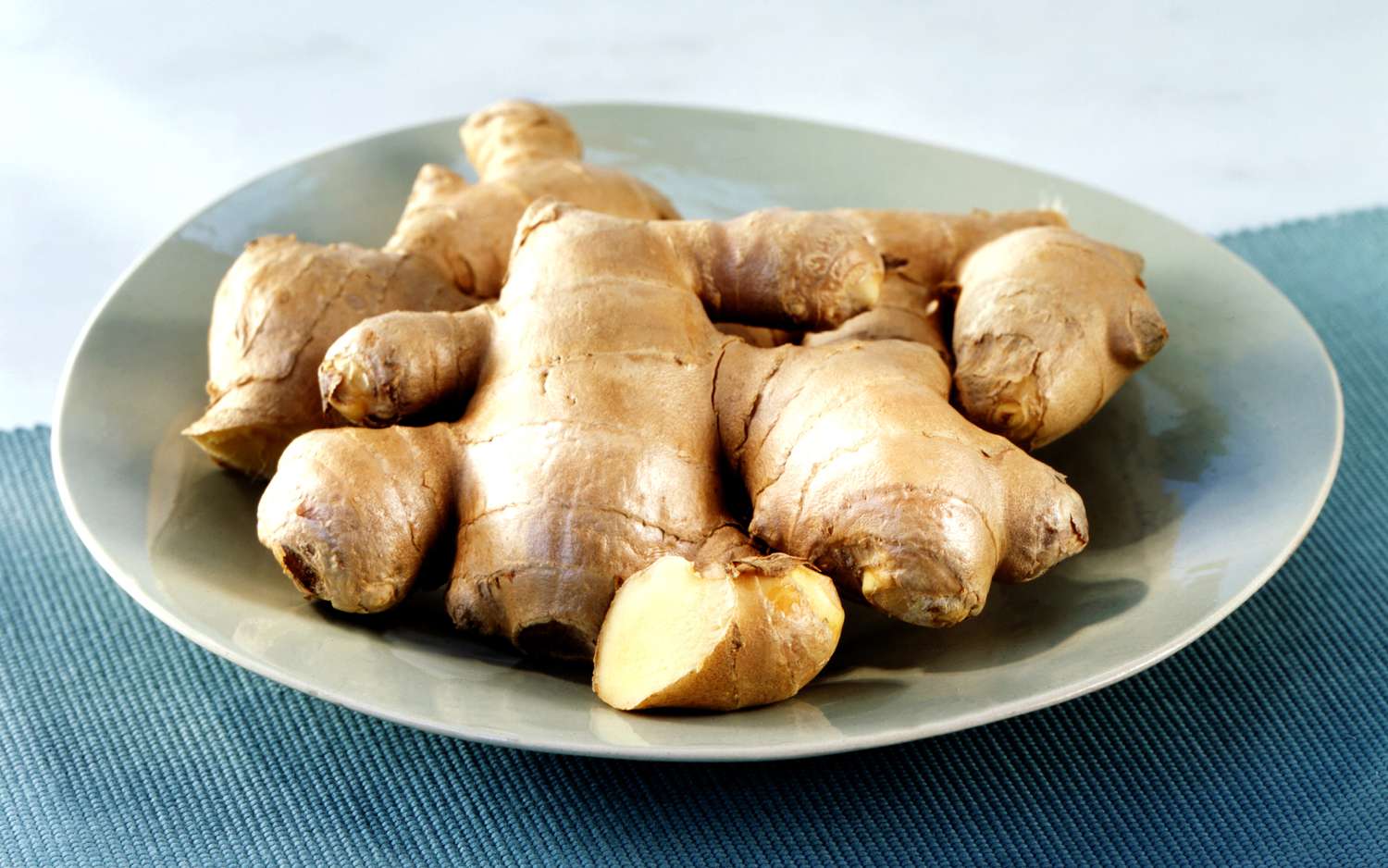
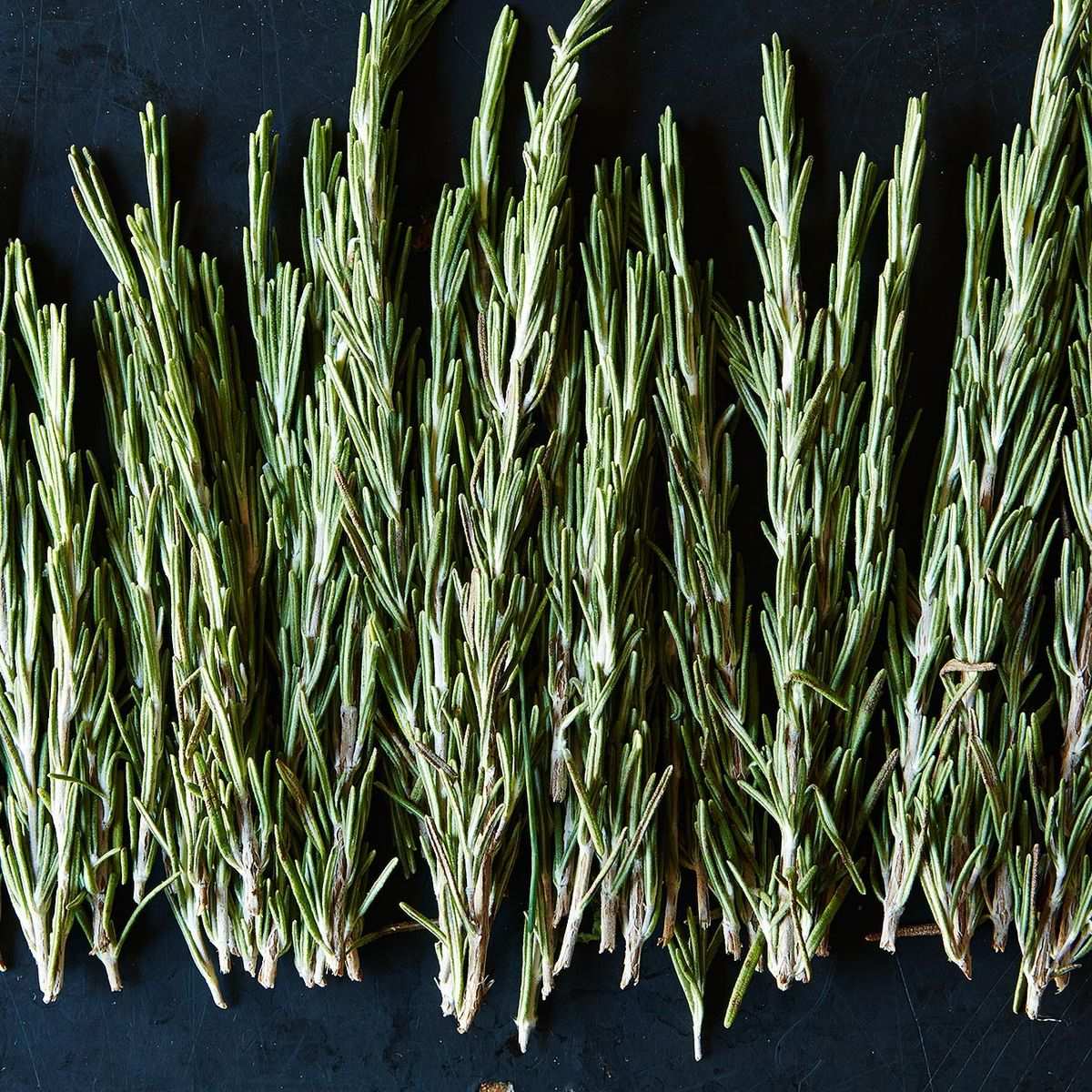
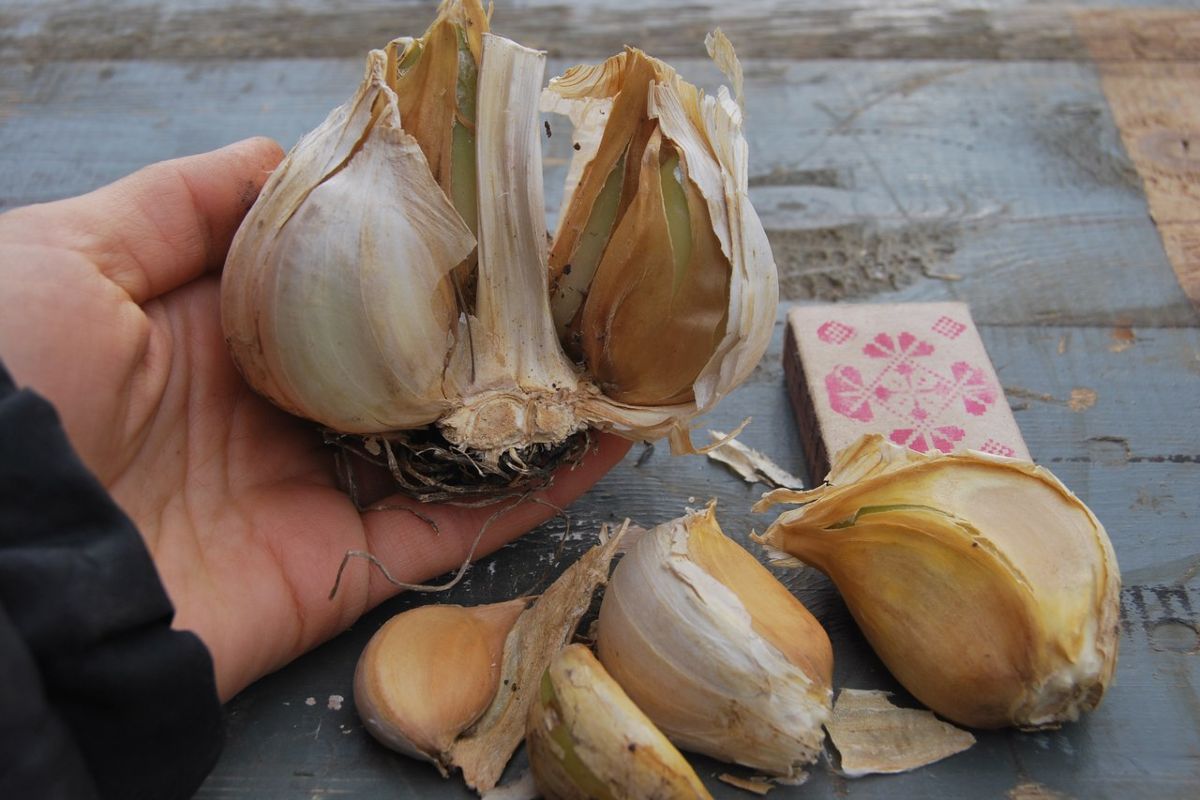
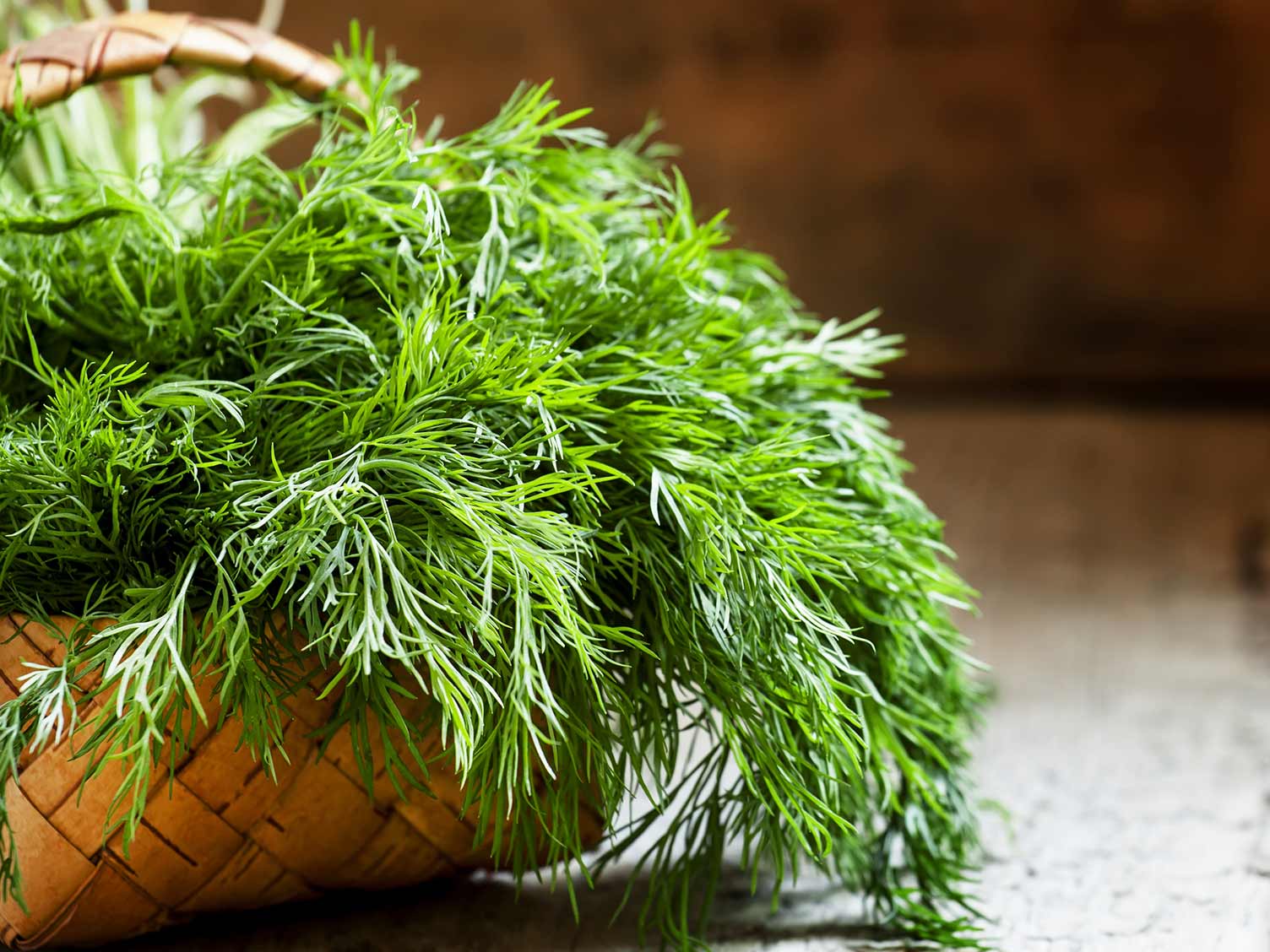
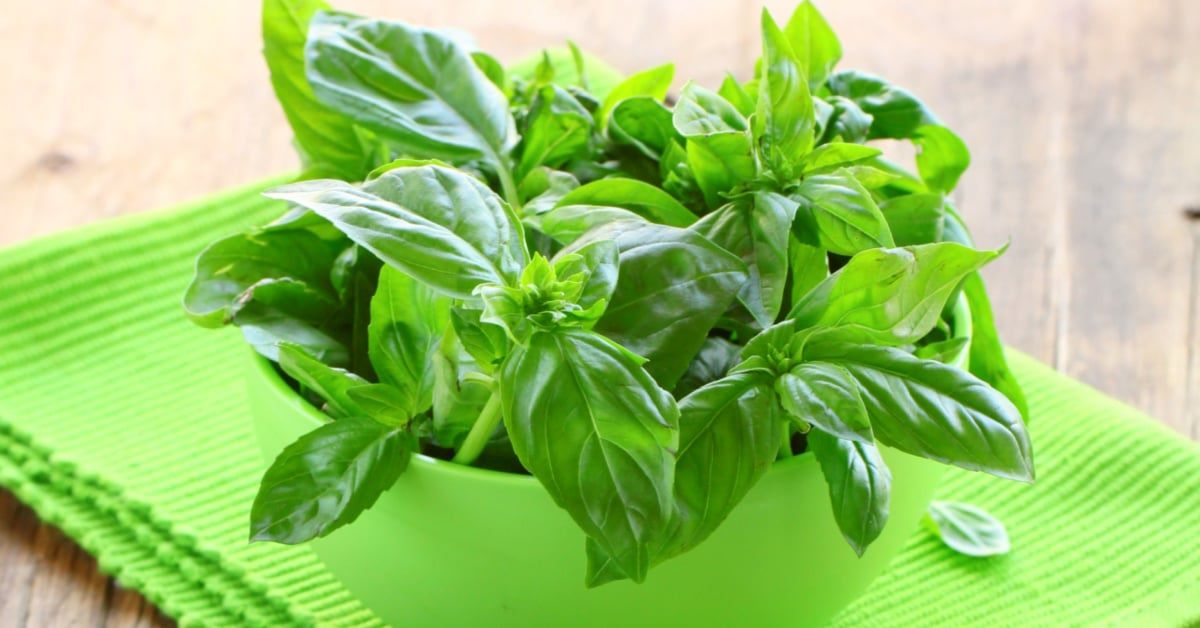
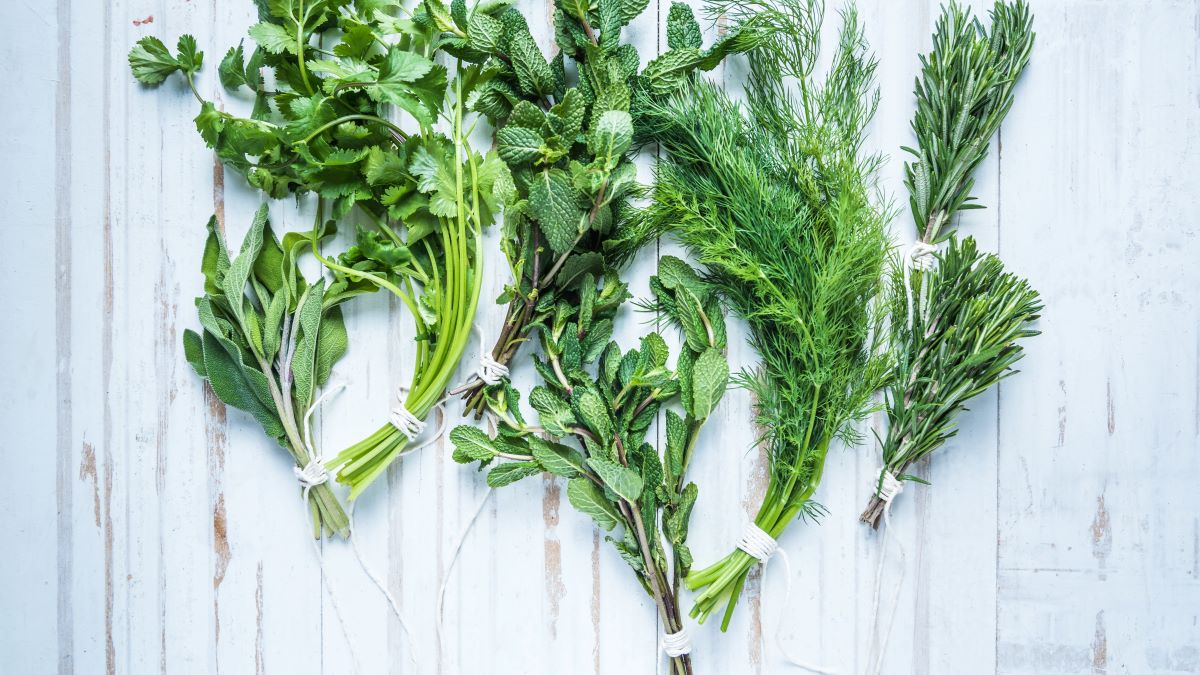
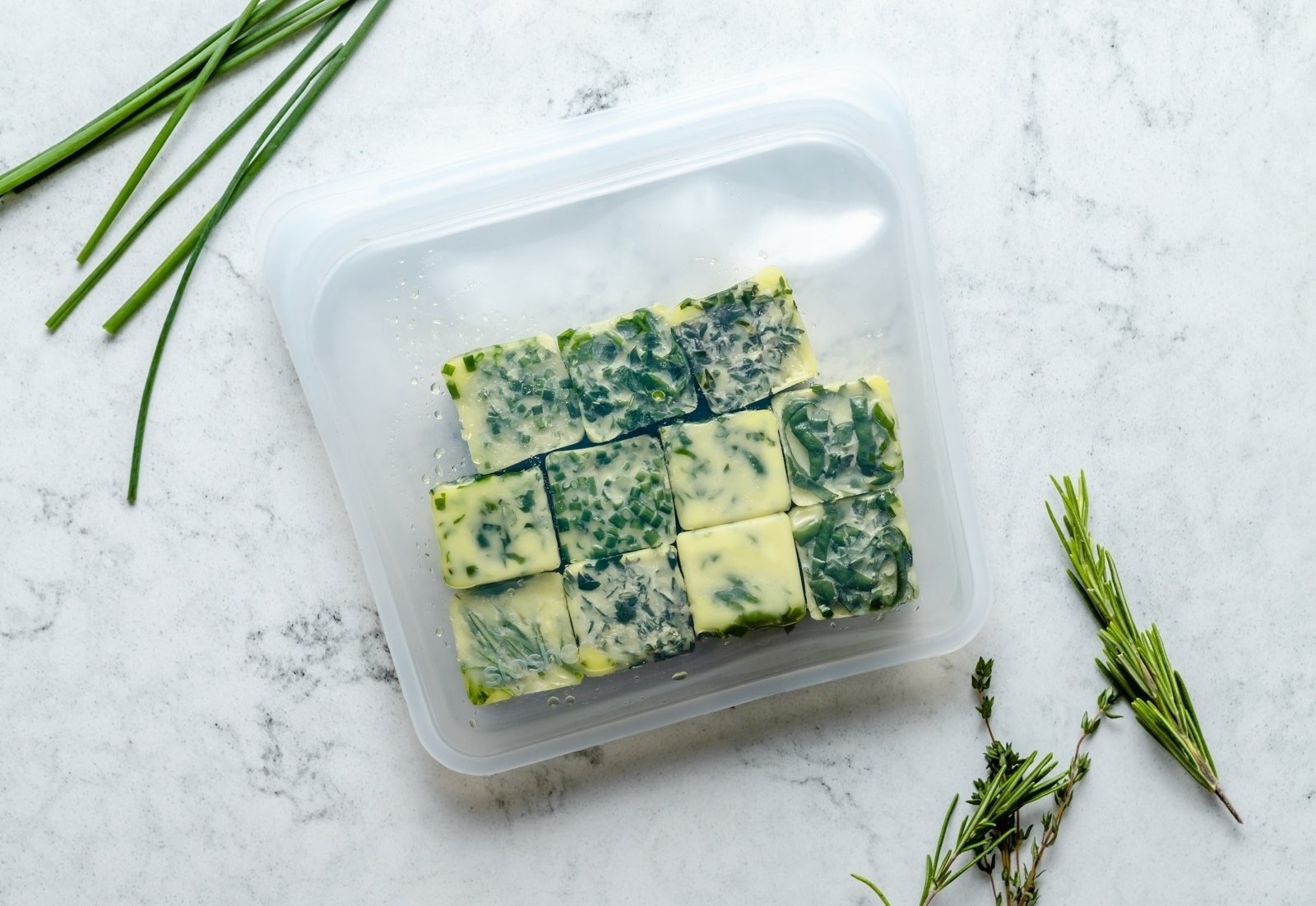

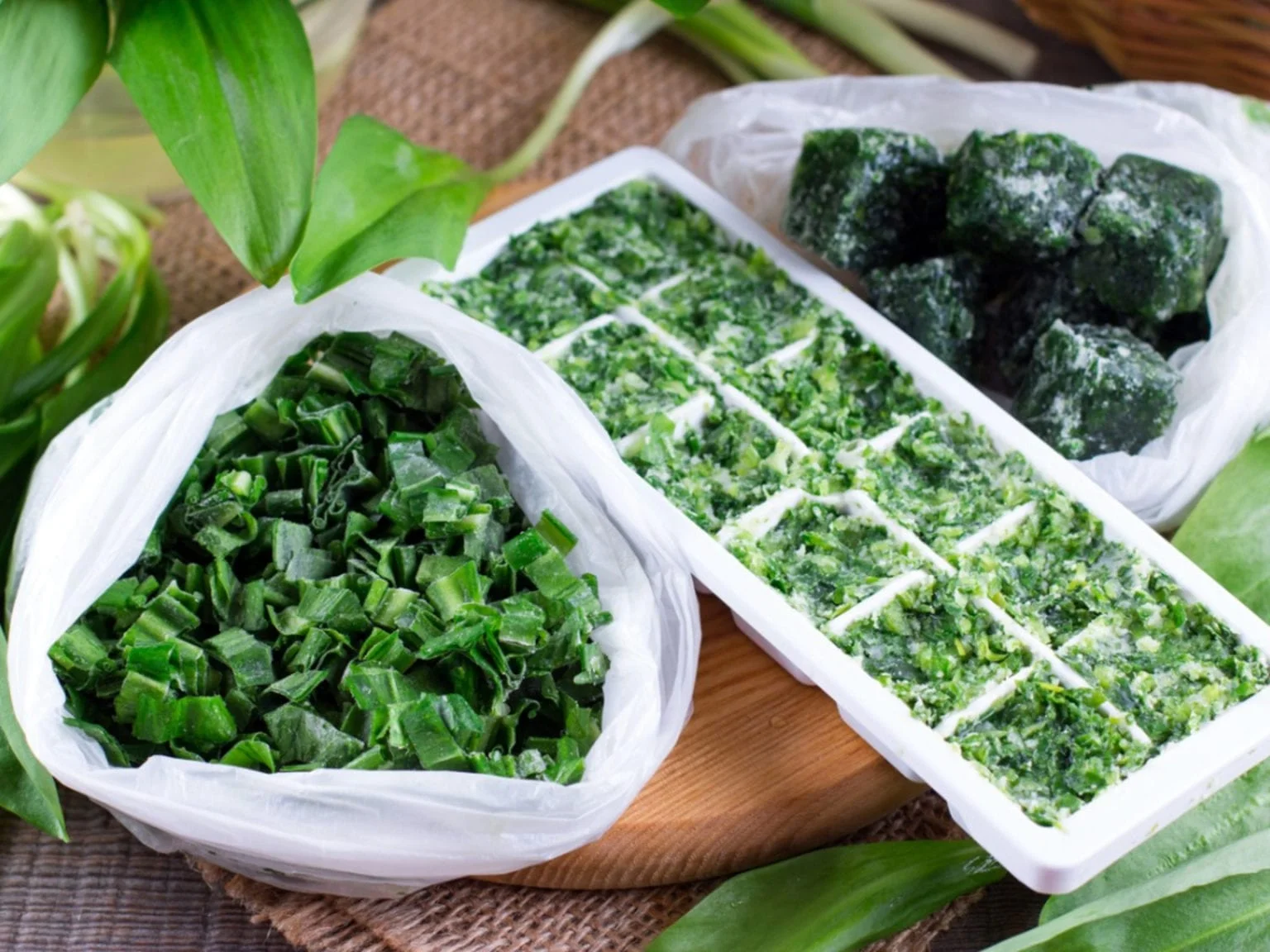
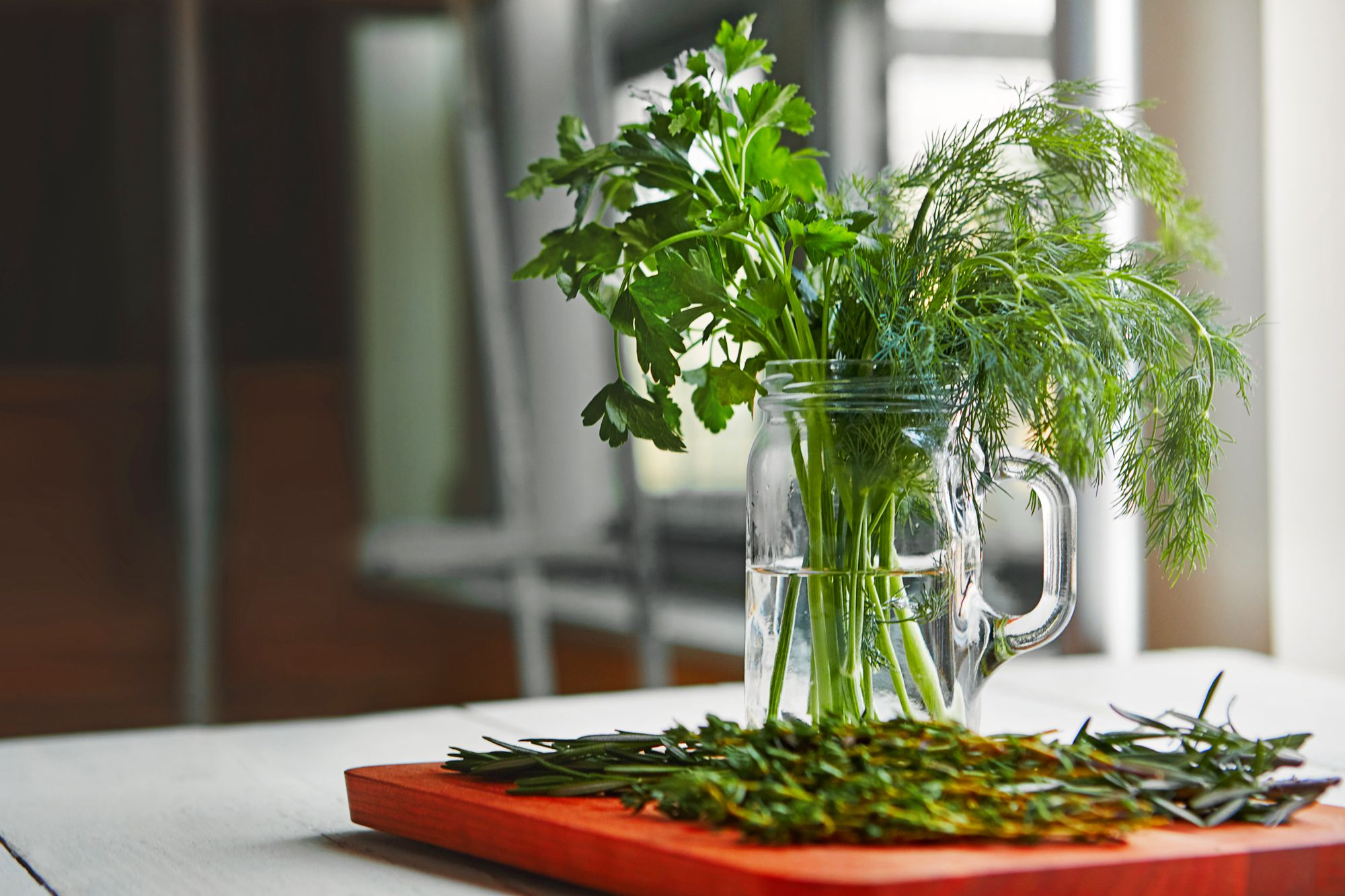




0 thoughts on “How To Store Fresh Herbs Long Term”